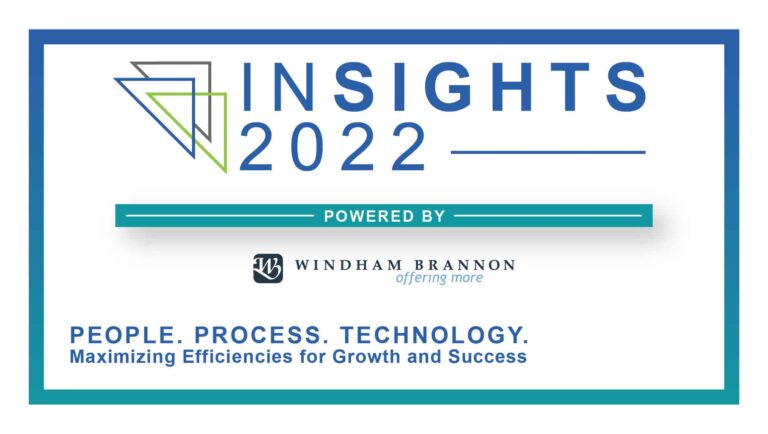We should be prepared for softer economic growth and a likely recession in the next 12-18 months – the chances are over 50 percent. With the growth in the economy in the third and fourth quarters of 2022, businesses still have time to be prepared, as this recent growth is not an indicator that recession is unlikely. Based on what we know, this recession is expected to be short and shallow, so not entirely all bad news. This would be due to consumers being flush from recent government stimulus, better capitalized and safer banks, and bumper corporate profitability.
Capital Market Update
Every CEO should be aware that capital markets lead the economy, not the other way around. Traditional economic forecasting is quite limited when predicting the future – especially downturns over a time frame that is useful, like 12 to 18 months, for business owners to adapt their strategic plans and pivot. Relying on economists and strategists to divine the future is like driving a car by looking in the rear-view mirror. The theories are not wrong – it’s that inputs are backward-looking and subject to revision.
There are four key capital markets leading the economy that you should monitor closely, using them in conjunction with one another:
- Stock market – future corporate profitability
- Bond market– future interest rates and fed policy
- Credit market – optimism in the corporate sector
- Commodity market – international economy (especially China)
Stock Market
When digging beneath the surface of the stock market, the growth cycle must be evaluated alongside the value cycle. In 2017-2020, growth far outperformed value. Halfway through 2021, value began to consistently outperform growth, signaling interest rates will need to increase to keep inflation under control. How far that will undermine corporate profitability will depend on how we have been forced to adopt game-changing technology since the pandemic, including automation, robotics, blockchain and artificial intelligence, among others. The hope is that due to these technologies, we can be more efficient and productive at what we do as businesses.
Bond Market
The bank lending channel also plays an important role in our economy. Regarding yield curves in the bond market, an inverted curve is typically an indicator of an upcoming recession. A positive sloped yield curve provides a tailwind/incentive for economic growth because short term rates (financing for banks) are below long-term rates (earnings for banks) A negatively sloped yield curve contracts the bank lending channel, which is a powerful deflationary force to the economy by making it more difficult for businesses from taking risks to hire employees or consumers to spend money on goods and services. Essentially, the bond market inverted yield curve, like the stock market, is currently ss signaling a recession is likely soon.
Credit Market
The third market to pay attention to is the credit market, or the market for corporate bonds, because they tell you about corporate America’s ability to finance itself outside of the traditional banking channel. High yield (or lower quality corporations) over the long haul have to finance themselves with a premium on average of 500 basis points (bps) over Treasury bonds in order to entice investors. Once that spread rises above 500bps, as they are today, the corporate bond market is saying we are in the beginning of a slow-down or approaching a recession as they are anticipating greater defaults.
Commodity Market
Lastly, the messages that commodity markets send about the health of the global economy is crucial. Unlike when the Great Recession started in 2008, the U.S. no longer produces a majority of global GDP, even if it is still the largest economy in the world today. In aggregate, Brazil, Russia, India and especially China produce a much more significant percentage of global GDP today than before, both producing and consuming commodities at an astonishing rate. Therefore, buoyant commodity markets are sign of health for their economies. In saying this, be careful to parse out gold and silver (commodities that act more like a currency) from broader commodity complex, such as copper, iron ore and nickel – these are the things that drive industrial production. In fact, the price of copper has become known as Dr. Copper for its forecasting ability of the global economy. These commodities have corrected sharply over the last few months.
Potential Recession Due to Inflation
To summarize the message from the markets at the end of the second quarter this year, the stock, bond, and commodity markets are signaling that a recession is likely in the coming months, as a result of interest rates having to rise to keep inflation expectations in check.
For more information, you may reach out to Dr. Adrian Cronje, CFA at [email protected].


